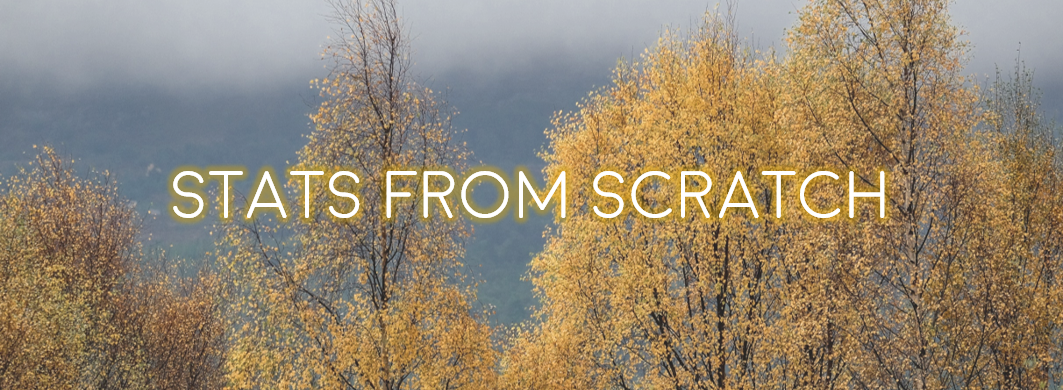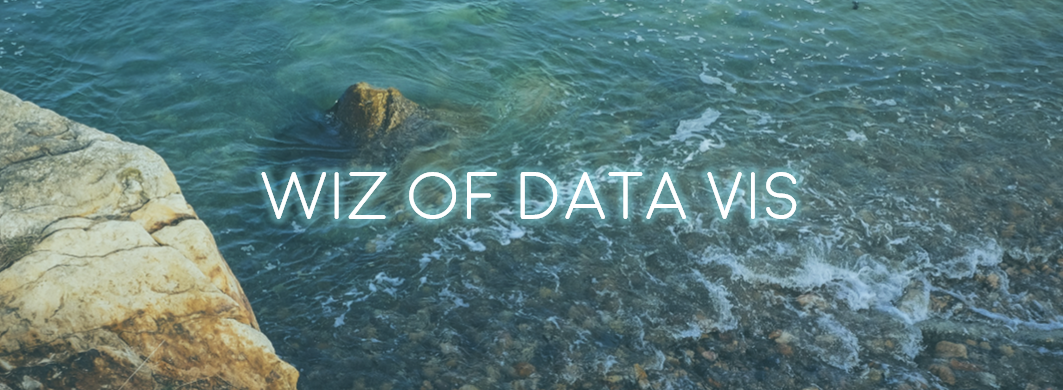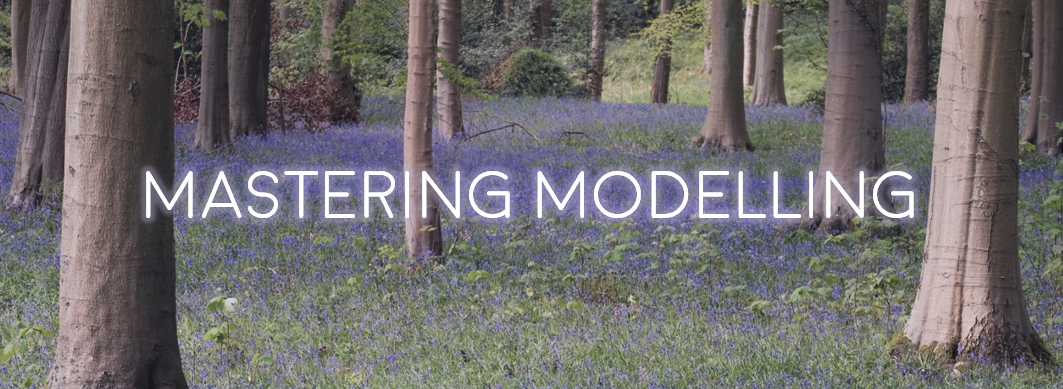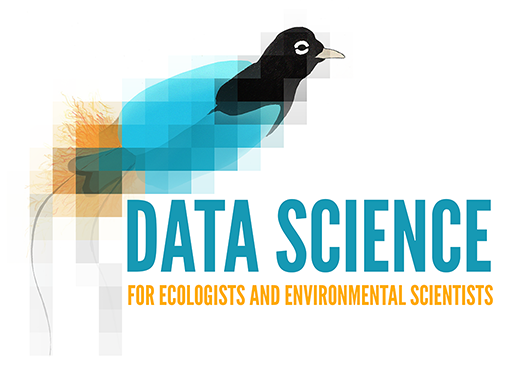
Join in for a free and self-paced journey through a tailored selection of Coding Club tutorials, quizzes and practical challenges and the chance to get a certificate for your work. Our course Data Science for Ecologists and Environmental Scientists runs continuously, so you can sign up anytime and learn from 16 core tutorials, 16 quizzes, 3 practical challenges and over 20 more tutorials available on the Coding Club website!
People in environmental fields and beyond increasingly need strong data manipulation, analysis, and visualisation skills, but quantitative skills can be intimidating and learning is not always accessible. Our goal is to overcome code fear and statistics anxiety so that people can build up their confidence and take their careers further.
Depending on your chosen stream, you will learn to use R to manipulate, graph and analyse ecological data, or build on your existing skills to create advanced data visualisations or master new analysis techniques such as mixed-effect modelling, ordination and more. By the end of the course, you will be able to undertake one (or more) of our case-study challenges, using open data to answer questions about Scottish environmental issues, giving you a flavour of real-life applications of data science.
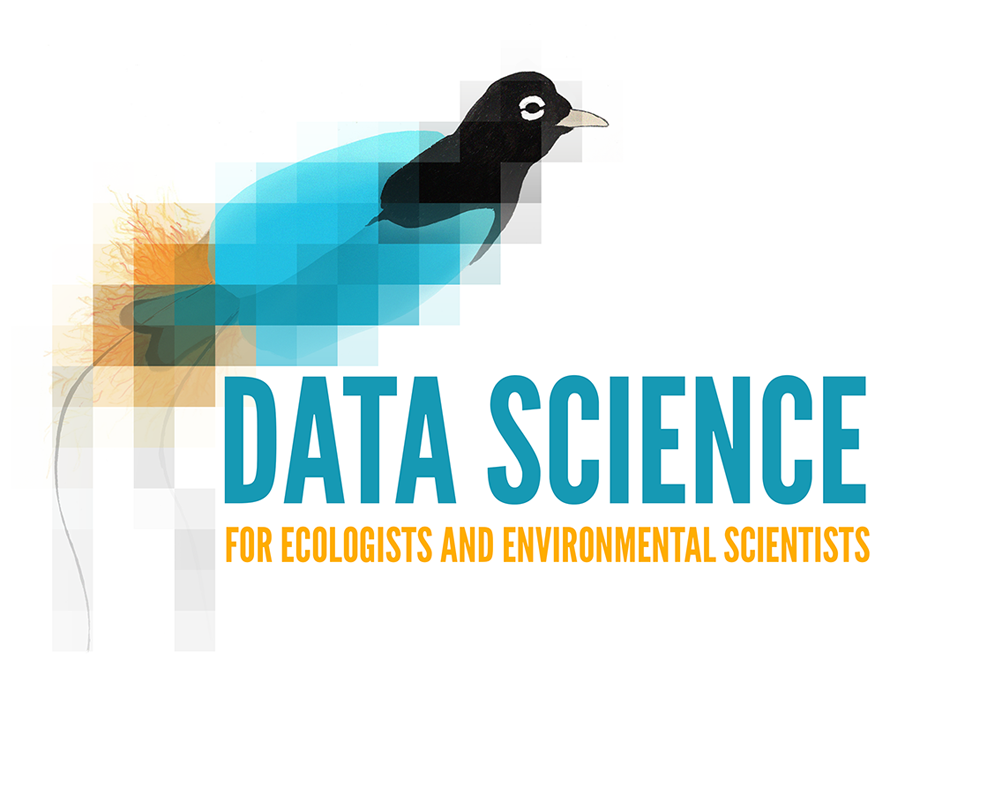
Is this course for me?
We think so - it's for everyone! Our course is aimed at people wishing to improve their programming and quantitative skills, particularly in ecological and environmental fields. That said, anyone with an interest in coding and data science can participate! It just means that our examples are drawn from nature, and the tutorials are focused on answering ecological questions (but most techniques also apply in other disciplines too).
What's special about this course?
Our course is designed to give you the data science skills you want and need. Our three streams are aimed at different interests and levels of ability. The set-up of our course is very flexible, so you can pick and choose from each stream to create your own learning path. All the tutorials and challenges that you have completed will appear on your certificate.
Oh, and it’s completely free!
How and when can I join?
The course runs continuously, so you can join at any time, and there is no time limit for completion. Learning should not be stressful, and we know that you are busy! Just remember that learning programming is essentially learning a new language, and practicing often goes a long way.
Keep scrolling for more information, and you will be able to access sign-up at the bottom of the page.
How the course works
1. Identify your needs
What do you want to learn? In our course you make your own adventure! Mix and match tutorials across our three course streams.
2. Code away and learn
Complete as few or as many tutorials as you want, in your own time. You can then test your knowledge with a quiz after each tutorial.
3. Challenge yourself
Test your new skills with three case-study data challenges, each the culmination of a course stream. You will have to creatively answer questions about environmental issues, using real-life data!
4. Get recognition
Learned what you wanted? Show the world by requesting your certificate!
Our course streams
The course currently includes three streams that cater to different interests and experience levels. Please note that we also offer a wider range of tutorials that are not yet part of the course but might be of interest.
Here is an overview of the topics covered by our streams. Again, you do not have to commit to a full, or a single stream. Some streams share contents, and you can always branch off if you want to follow up on a tutorial you liked!
You can click on the stream banners to learn more about each stream.
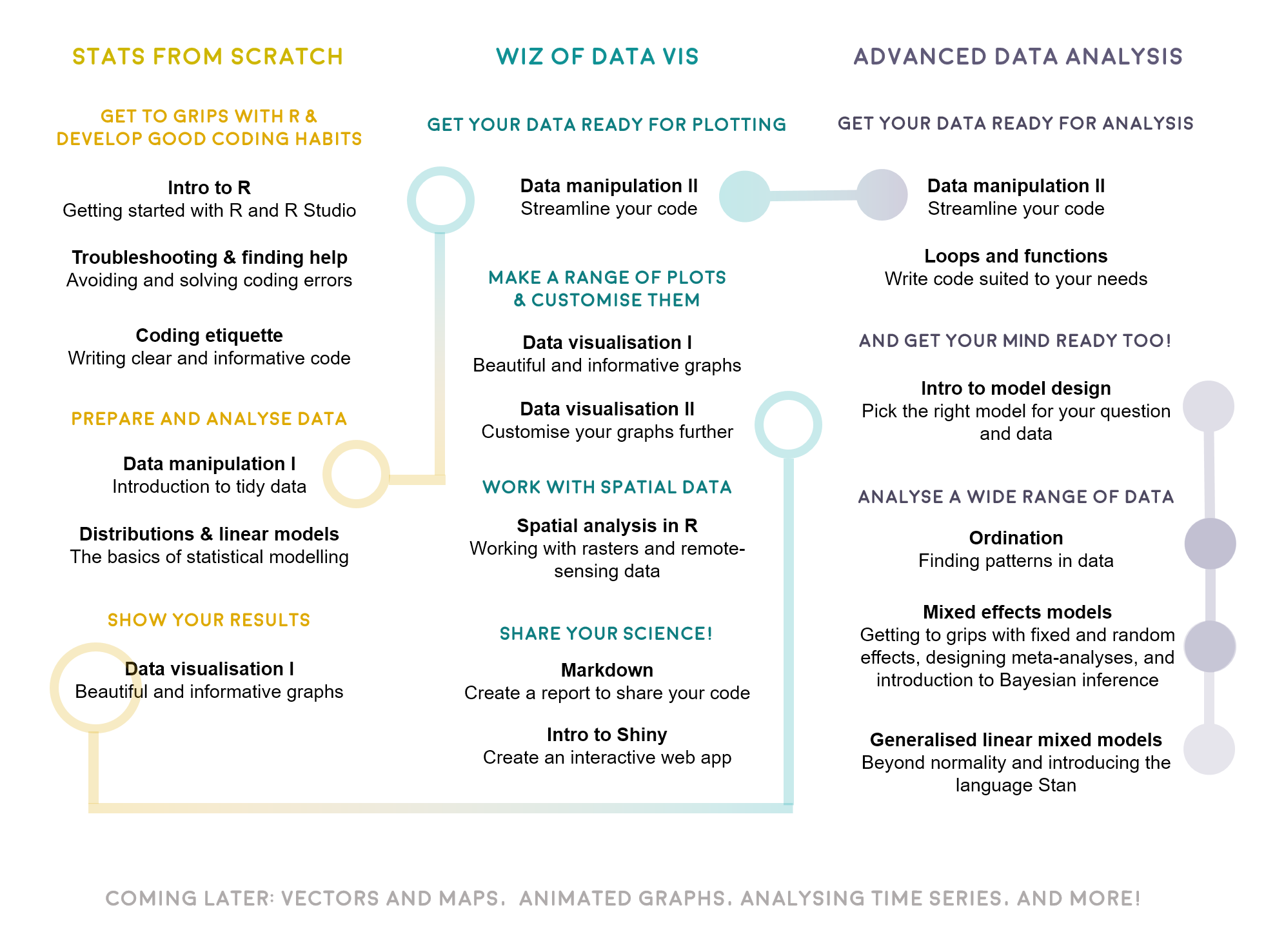
Interested?
Find out everything you need to know
to make the most out of the course.
Let's get started!

The Data Science for Ecologists and Environmental Scientists course is funded by the Data Lab.

